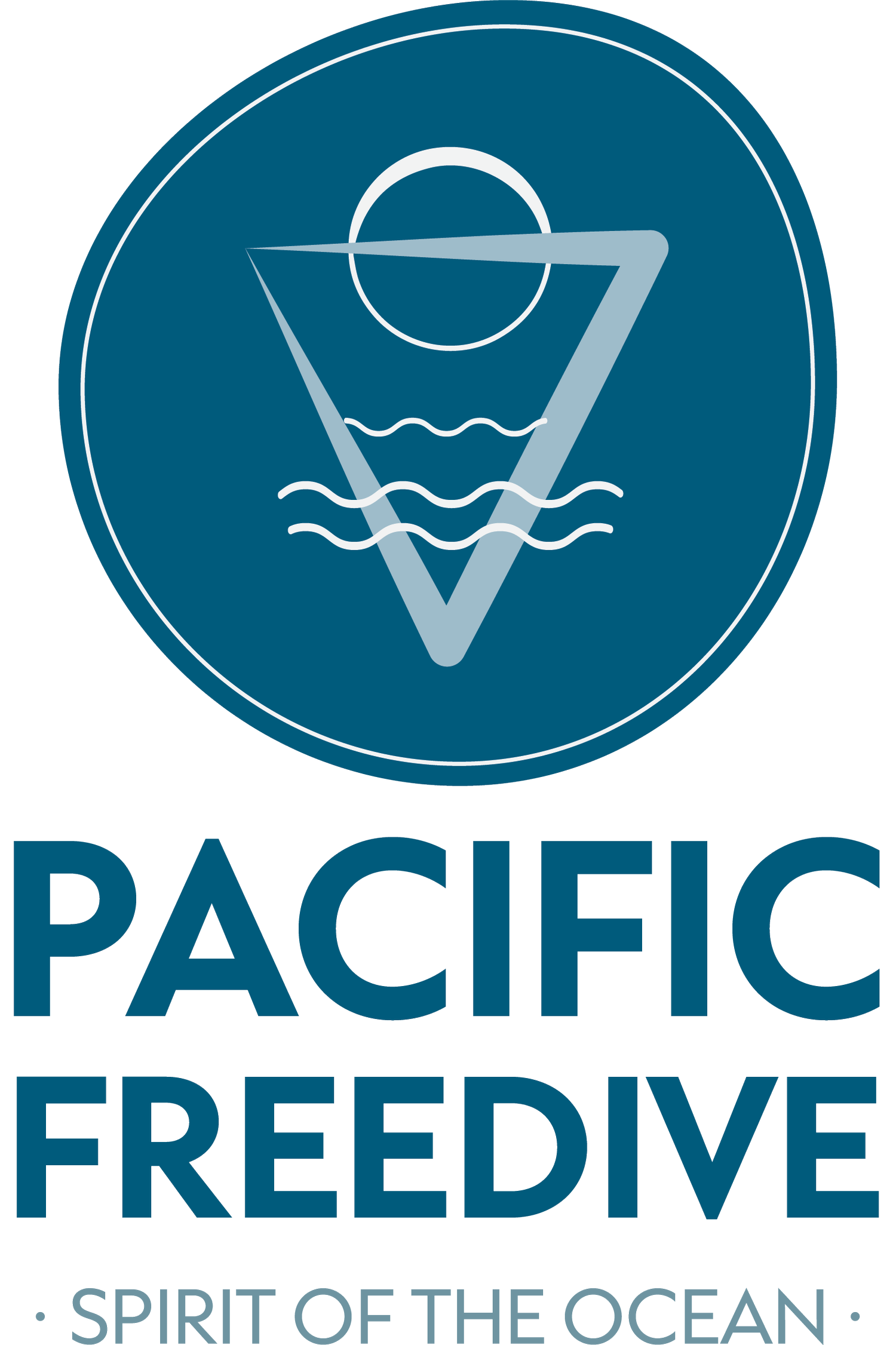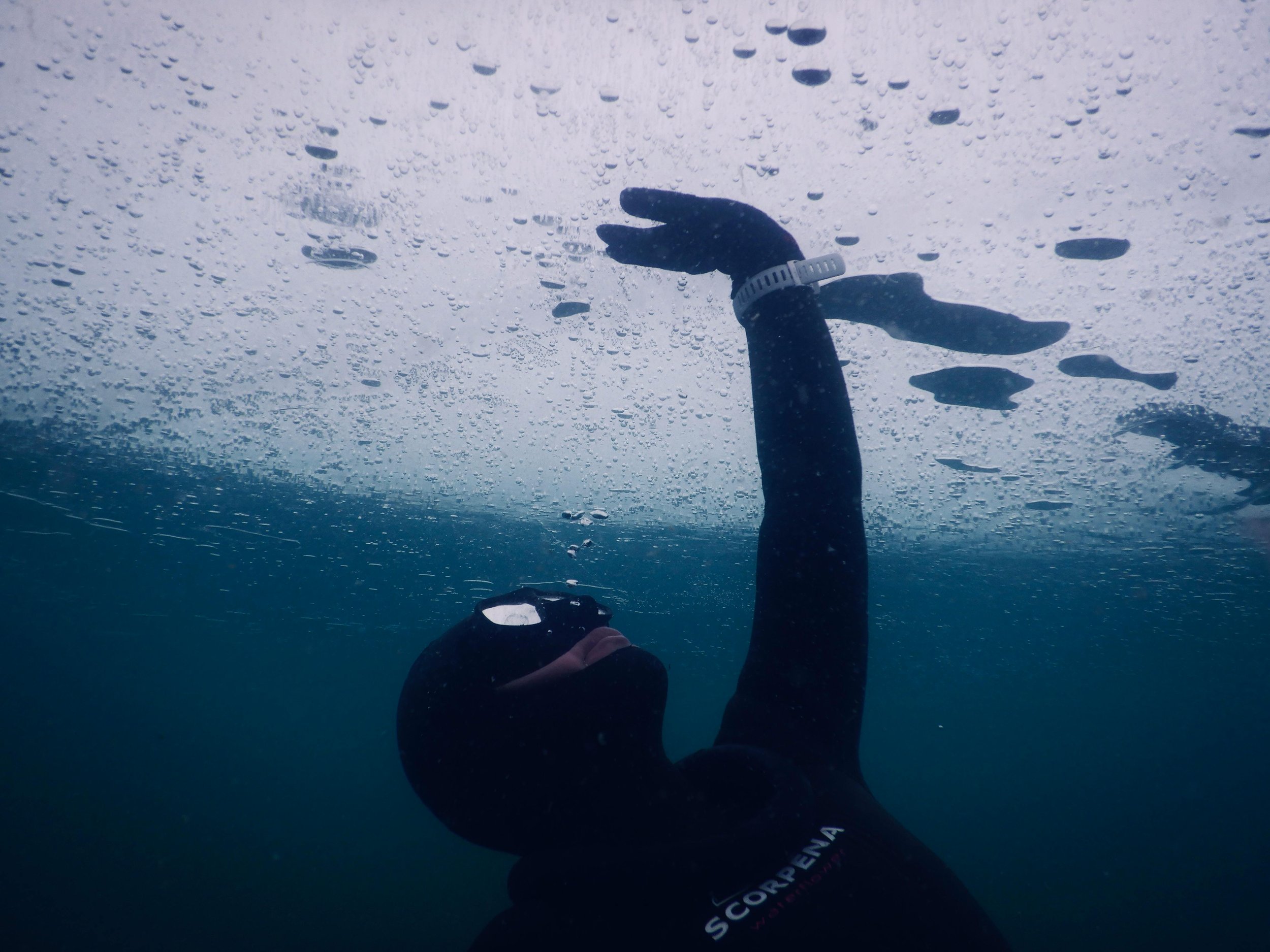Enhance Your Freediving Performance with Dry Breath Holding or Apnea Training
Freediving enthusiasts understand the importance of mastering breathing techniques to excel underwater. Dry breath holding or apnea training are valuable exercises that can significantly improve your freediving performance. Despite being underrated, these exercises offer a multitude of benefits, which we'll explore in this article.
The Apnea Walk: A Powerful Freediving Training Tool
One effective apnea training exercise is the Apnea Walk. This exercise focuses on increasing your tolerance to carbon dioxide and making contractions more manageable. The beauty of the Apnea Walk lies in its versatility—it can be performed on dry land, making it accessible even when you can't dive into the water.
How Dry Breath Hold Training or Apnea Training Elevate Your Freediving Skills
Dry breath holding or apnea training contributes to your freediving prowess in several key ways:
Improved Breath Hold Time: Mastering breath control is paramount for freedivers. The ability to hold your breath for extended periods enables you to explore the depths with ease. By practicing breath holding, you enhance your breath-holding capacity, allowing for deeper and longer dives.
Strengthened Lung Capacity: Lung strength is crucial for prolonged underwater exploration. Engaging in breath hold training gradually increases your lung capacity, enabling you to hold more air and stay submerged for longer durations.
Enhanced Hypoxia Tolerance: Tolerance to hypoxia, the condition of inadequate oxygen supply to tissues, is vital for freedivers navigating deep waters. Regular breath hold training enhances your body's ability to withstand hypoxic conditions, facilitating longer dives without compromising safety.
How to Perform Breath Holding or Apnea Walking
Apnea walks require caution and should be performed under supervision. Here's a basic guide to get you started:
Sit comfortably and take deep breaths to oxygenate your body.
Inhale deeply for 2-3 minutes to lower your heart rate and increase blood oxygen levels.
Begin your breath hold and focus on maintaining it until you experience diaphragm contractions.
Initiate the Apnea Walk by standing up and walking at a normal pace while holding your breath.
Continue walking until you feel the urge to breathe, then commence your recovery breathing.
Mark your progress and aim to improve with each session, gradually extending your breath hold distance.
How Often Should You Practice Breath Holding or Apnea Training?
To maximize benefits, aim for at least one apnea walk session daily. Consistent practice will lead to noticeable improvements in your breath-holding capabilities within a few days.
Additional Tips to Enhance Your Freediving Skills
Physical Fitness Training: Strengthen your legs, arms, and core to enhance your freediving endurance.
Yoga and Stretching: Incorporate yoga postures and breathing exercises to improve flexibility and body awareness.
Mental Training: Cultivate mental resilience through meditation to remain calm and focused underwater.
Unlock Your Freediving Potential
Dry breath holding or apnea training is a gateway to unlocking your full freediving potential. By incorporating these exercises into your training regimen, you'll experience increased breath-holding capacity, enhanced lung strength, and improved hypoxia tolerance. Dive deeper and explore the wonders of the ocean with confidence and ease.


